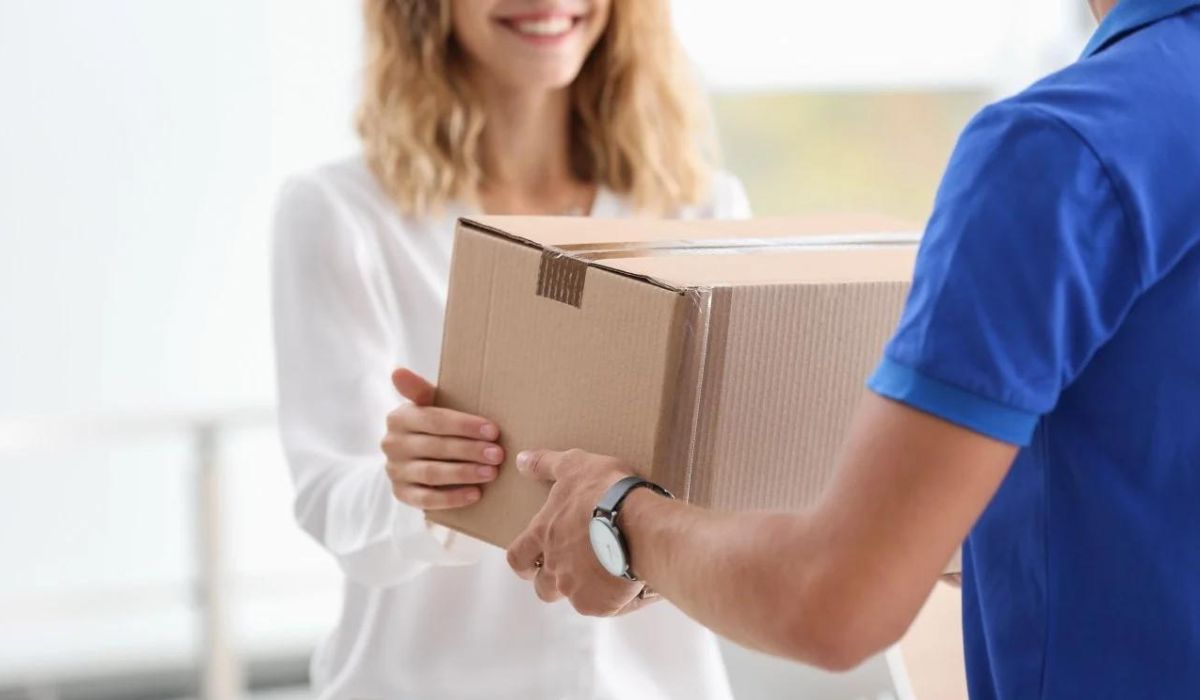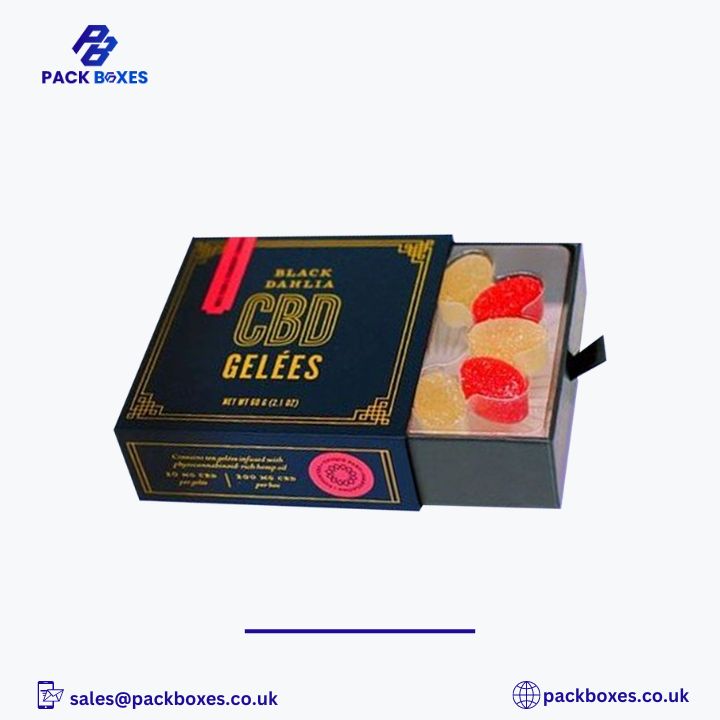In today’s cutthroat retail environment, standing out from the competition is more important than ever. One way to achieve this is by providing your customers with a personalised packaging experience. Customers today not only expect but demand personalisation, and they are willing to reward retailers who deliver it. A recent survey found that 80% of consumers want personalisation from retailers in packaging or products.
Personalised packaging can take many forms, from simple changes like adding a customer’s name to the box to more elaborate designs with stickers that incorporate the customer’s interests or preferences. Personalised packaging can significantly increase customer loyalty and drive sales when done well. It can also help build a stronger relationship between the customer and the brand.
The Importance Of Personalised Packaging In Retail
Today’s retail industry faces several challenges, from price competition to online disruption and increased price transparency. As a result, traditional differentiation strategies like offering a unique selection or special pricing are no longer as effective as they once were. However, retailers can still differentiate themselves by providing personalised experiences that are tailored to the individual customer.
Personalisation was a luxury in the past, but today, it is a necessity for any retailer that wants to stay competitive. Retailers that fail to embrace personalised packaging will be left behind by their competitors. So, if you want to succeed in today’s retail environment, you need to start thinking about how you can personalise your boxes for customer interaction.
Personalised Packaging In Retail Opens Up A New Era Of Customer Experience
Previously, personalisation was mostly limited to targeted customers and the products offered, but it has now expanded to encompass the entire customer experience. This means that customers now want customisation in all aspects of their interactions with a retailer, from thinking about it to purchasing. Retailers that provide this level of personalisation are able to stand out from the competition and build stronger relationships with their customers.
The best personalised experiences are those in which the customer is an active participant. Retailers can achieve this by leveraging data to create one-to-one packaging solutions. This means that customers receive offers and communications that are tailored specifically to their individual needs and preferences. Not only does this make the shopping experience more enjoyable for customers, but it also helps retailers to increase sales and customer loyalty.
Meeting Customer Expectations With Personalization
In the present day, customers have come to expect and even demand eye-catching packaging from retailers that reflect their personal style and preferences. This is no longer a luxury; it is a necessity for businesses that want to stay competitive.
Customers want them at every touchpoint, from browsing to purchasing. They want to be able to interact with brands in a way that is tailored to their individual needs and preferences.
The best experiences are those that make the customer feel like an active participant. This means leveraging data to create one-to-one personalisation. Customers can receive offers that are printed on boxes and have communications not just as members of a target audience but a reliable customers.
When done correctly, custom boxes can provide a number of benefits for retailers, including increased sales, customer loyalty, and brand awareness. It can also help to reduce marketing and sales costs.
Get An Idea From Success Stories
In the face of stiff competition, many retailers have successfully implemented marketing strategies across a wide range of categories, reaping significant rewards. Amazon, of course, has long been a leader in this area, but other companies—including grocery chains that have leveraged their robust offline data to compensate for their smaller e-commerce footprints—have also risen to the top in recent years.
Online Stores As A Strategic Pioneer For Retailers
Amazon, the titan of large, pure-play online retailers, has pioneered the use of sophisticated analytics to personalise its packaging line. Initially, Amazon’s efforts focused on suggesting products that are frequently purchased together. It then expanded its program to include product packaging bundling and recommendations.
Unsatisfied with the status quo, Amazon continues to raise the bar with increasingly granular and innovative packaging for its customers. While Amazon will likely remain the personalisation leader in the retail industry, other smaller retailers with less sophisticated systems are also making significant strides in this arena.
Dynamic Experience Of Personalisation In European Retail Stores
In the current retail market, it is more necessary than ever before to provide clients with a personalised packaging experience in order to compete with other organisations. One grocery store chain in Europe has achieved success in this sector by shifting away from a marketing strategy that is universally applicable and instead focusing on catering their products, packaging and services to the specific preferences of individual customers.
To begin, the organisation carried out research in order to gain an understanding of the requirements and behaviours of their clients. They then used this information to generate smaller segments that were more targeted depending on criteria such as location, time of day, and other demographics associated with the target audience. This enabled them to build personalised marketing strategies that were more likely to resonate with their customers, which ultimately resulted in increased sales.
In addition, the grocery store chain made investments in technology that would enable them to monitor and analyse data pertaining to their customers. Through the utilisation of this information, they were able to fine-tune their marketing efforts and guarantee that they were delivering the most pertinent and interesting experiences that were conceivable. These technological based packaging include the bar codes, custom printed details of the products, resonated colours of boxes and expiry dates.
Increased Customer Loyalty And Sales
The supermarket chain has witnessed a huge boost in both the amount of customer loyalty and sales as a direct result of these different adjustments. Customers are grateful for the individualised attention they receive, and they are more likely to return to the store if they are aware that they will be provided with goods and services that are specifically designed to meet their requirements.
The grocery store chain’s success is evidence of the effectiveness of personalisation in the retail industry. Businesses are able to develop a competitive advantage that will help them stand out from the competition if they take the time to understand their customers and make use of technology to provide them with personalised experiences.







